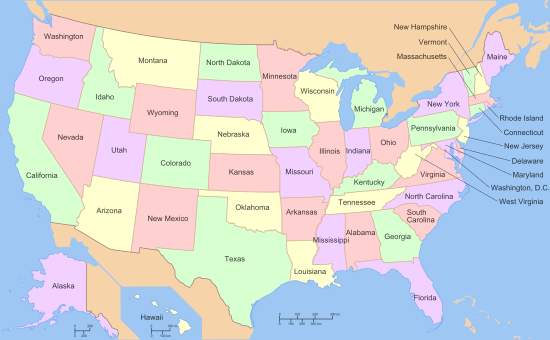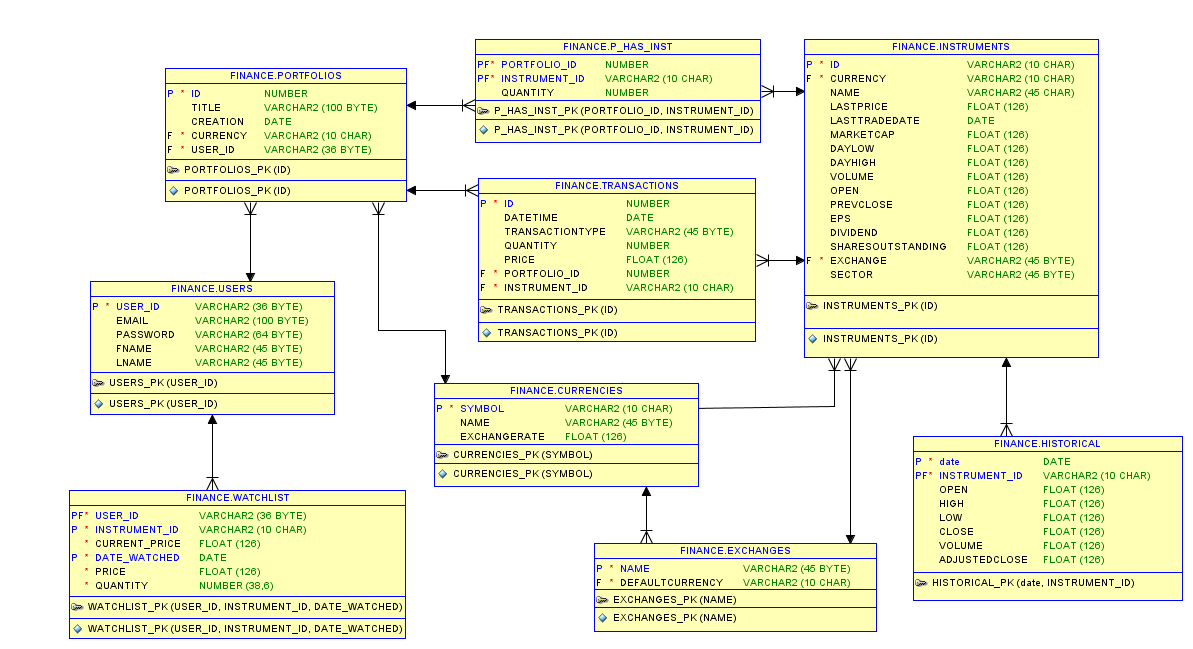Contents:


If an option seller is of the opposite view to that of option buyer, he can just sell the option contract and pocket premium income. One time premium is the only fee that option buyer has to pay to ride the momentum of underlying price and be a part of a bigger game. A bull call spread strategy is a trading strategy that several traders adopt when price rise is modest in the market. Furthermore, the maximum amount of money that can be lost is, just like buying a call option, limited to the premium.
Bull Call Spread Strategy involves buying a call option at a specific price and selling a call option at a specific higher strike price. In this, the trader expects a moderate rise in the price of the stock. The profit and loss in this strategy depend on the closing price of the stock on the day of the expiry of the contract. As the right to exercise the option lies with the buyer, the below examples are presented from a buyer’s perspective.
A trader who sells a call option is banking on the price of the underlying asset to drop, so much so that the buyer of the call option won’t exercise the contract even after paying a premium for it. The maximum amount of money that a call option buyer can lose is limited to the premium paid. The options trader will be willing to take on this loss because the profit on a call option is known to be almost unlimited.
We will conclude this chapter by talking about the key terminologies that were covered over the couhttps://1investing.in/e of this chapter. Earlier, when defining what an option is, we talked about the pre-determined date. The buyer of an option can exercise his right to the option or close out the option position up to or on the expiration date. In case the buyer does not exercise his right to the option or close out the position up to or on the expiration date, the option expires worthless.
Thereafter non-compliant trading accounts will be blocked for trading by the Exchange. We’ve partnered with Morningstar, the global leader in fund analytics, to give you information, ranking and star-ratings on every single mutual fund in India. The Black and Scholes model uses a five factor model to value options. The table below captures the gist of the model parameters and how the factors impact the call and put options.
Call and Put Options
In this example, we as buyer would have the right to buy 100 units share, which is USD 20 less than current market price. Although we own the right to do so, we may unnecessarily to execute our right. For an example, how about if the stock price has gone down to USD 50. We would not have to buy shares at the fixed price of USD 70 and we could select not to take any action.

Put options are considered for initiating a bearish position in the underlying index or stock. The premium paid for buying a put option increases as the price of the underlying stock or index falls. The buyer of the put option can benefit from the falling prices as the put option premium and price of underlying stock are inversely related to one another. For example, if you are bearish on Nifty, you can buy a put option.
The markets for derivatives is different in terms of the working system and risk. A common practice is to use options to limit losses by using it as a hedge. A buy put option is profitable when the market is bearish, i.e., when the value of the stock declines. According to the market’s prediction, there are higher chances of losing the entire investment ion since the contract is for a short period. Options give a chance to receive additional gains with little investment. It refers to creating much more significant potential from very little money.
What are Index call option and stock call options?
A call option is an options contract in which the buyer has the right to buy a specified quantity of the underlying stock at a predetermined price without any obligation. This is because even though his view was correct and the stock price went up, it was only enough to recover the premium paid to buy the option. It is a point where trade neither results in a profit nor incurs a loss. A call option is a right to purchase an underlying stock at a predetermined price until the option expires. A put option – on the other hand, is the right to sell the underlying share at a predetermined price until a specified expiry date.

Whereas the seller of Options deposits a margin to take the position. Futures are contracts which have to be settled once you enter into it. If you enter a futures contract, you are obligated to buy or sell the underlying asset at a pre-specified price on or prior to a certain date. The primary purpose of derivatives is to hedge against the price movements of the underlying assets.. Derivatives have an expiry date on which the contract expires.
The non-compliant demat accounts will be frozen for debits by Depository Participant or Depository. All investors are requested to take note that 6 KYC attributes i.e. Name, PAN, Address, Mobile Number, Email id and Income Range have been made mandatory. Investors availing custodian services will be additionally required to update the custodian details.
The exchange transfers this premium to the broker of the option seller, who in turn passes it on to his client. As we read earlier, the buyer of an option has to pay the seller a small amount as premium. Seller of call option has to pay margin money to create position. In addition to this, you have to maintain a minimum amount in your account to meet exchange requirements. Margin requirements are often measured as a percentage of the total value of your open positions. In the Indian market, options cannot be sold or purchased on any and every stock.
Dissecting A Currency Options Contract
You can buy call option meaning when the stock price rises whilst avoiding the downside risks resulting from owning the stocks. A call option buyer has the right to buy the underlying asset at a predetermined price, at a predetermined time. Similarly, the call option seller, also known as “writer”, has an obligation to sell the underlying asset at the predetermined strike price when the buyer of the call option exercises this option. If the price of the stock has gone up to, say, ₹110, the buyer will exercise his right to buy at the pre-determined price of ₹100. In other words, the buyer will be able to buy at a price that is below the prevailing market price of ₹110. Also, as the buyer has exercised his right to buy at ₹100, the seller will be obliged to sell the stock at ₹100.
If the price touches Rs.640, then he makes a profit of Rs.33/- (40-7). In a worst case scenario if the Tata Steel stock goes up to any level, his loss is limited only to Rs.7/- share. A call option will have a strike price, which is the specific price quoted for the underlier in the contract and expiration date.
SEBI decides the lot size and uses it to control price quotes in the market. It is the minimum number of shares one can buy in one transaction. You won’t need a considerable amount of money to start trading options. As you understand options trading better, you can increase your capital.
When you square off your position by selling your options in the market, as the seller of an option, you will earn a premium. The difference between the premium at which you bought the options and the premium at which you sold them will be your profit or loss. Depending on the availability in the options market, you may be able to buy a call option of Reliance at a strike price of 970 at a time when the spot price is Rs 950.
I have a question what does it mean premium is greater than spot price or vice versa in call as well as put option .Please Elaborate . To buy a Put Option, you need to be bearish on the underlying asset. Also, it’s better if the market is in a downtrend or there are several reasons why one should expect its prices would fall. The content you are writing about options trading is very important.
Call Option buyer buys the Call Option hoping that the price will rise by the date of expiry. Call buyer will be in profit zone when price of the underlying asset exceeds the strike price. If the price doesn’t go beyond the strike price, the buyer won’t exercise the option. The buyer will bear a loss equal to the premium of the Call Option. Now, if on the day of expiry, TCS is at ₹820, then the contract buyer can demand the contract seller to buy TCS at ₹850 from him. This means contract buyers can enjoy the benefit of selling TCS at ₹850 despite it trading at a lower price (₹820) in the open market.
- Option Greeks indicate the price sensitivity of option to change in price determinants and are normally used by more sophisticated traders in the currency options market.
- If its price increases to Rs. 55 within a month, the call option will be considered to have been exercised.
- The information provided may therefore vary from information obtained from other sources or other market participants.
- As a trader, you would choose to purchase an index call option if you expect the price movement of the index to rise in the near future, rather than that of a particular share.
- Do you know which style of options trading is allowed in India?
Now, let us consider the case of Beta who is a less risky and more conservative player. Beta is of the view that the stock may be hovering in a range. Buying the 720 put may be too expensive and buying the 680 put may be too out of the money. Selling the 720 call will give him a premium of Rs.7.50 and serve his view. It is better to start trading in stocks at first, trade in small quantities and then gradually proceed to trading options.
Share Article Link Via:
However, if you are betting on volatility coming down then selling the call option is a better choice. Both Option & Future have unique properties and serve as hedging tools for traders and investors. Each has its distinct functionality that can be useful in one or the other instance for a trader.